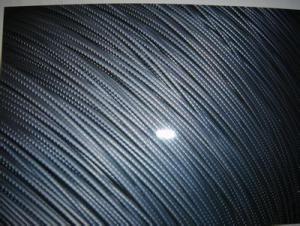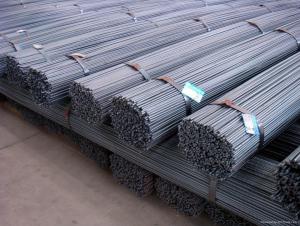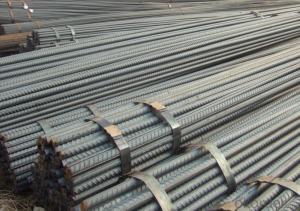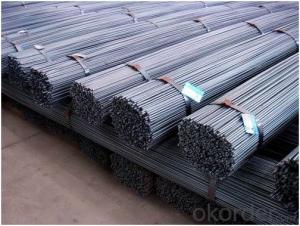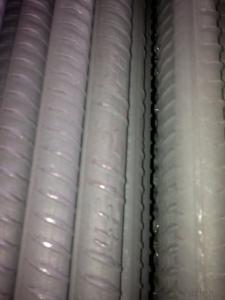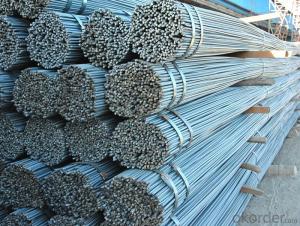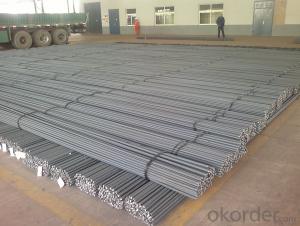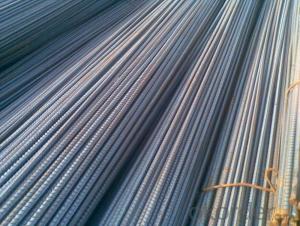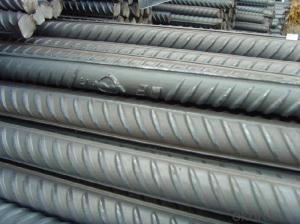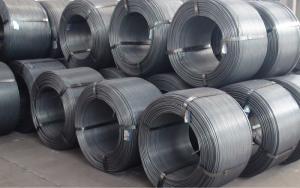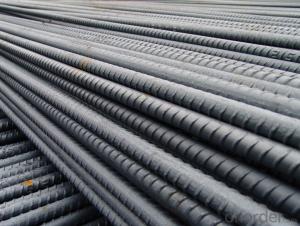All Categories
- - Steel Wire Rod
- - Steel Coils
- - Steel Profiles
- - Steel Pipes
- - Stainless Steel
- - Tinplate
- - Special Steel
- - Steel Sheets
- - Steel Rebars
- - Steel Strips
- - Hot Rolled Steel
- - Cold Rolled Steel
- - Pre-painted Steel
- - Seamless Steel Pipe
- - Welded Steel Pipe
- - Hollow Steel Tubes
- - Galvanized Pipe
- - Stainless Steel Coil
- - Stainless Steel Sheet
- - Stainless Steel Plate
- - Stainless Steel Strips
- - Electrolytic Tinplate Coil
- - Electrolytic Tinplate Sheet
- - Stainless Steel Rebars
- - Solar Panels
- - Solar Water Heater
- - Solar Related Products
- - Solar Inverter
- - Solar Cells
- - Solar Light
- - Solar Energy Systems
- - Solar Controllers
- - Solar Mounting System
- - Solar Pump
- - Solar Chargers
- - Fiberglass Chopped Strand
- - Fiberglass Mesh Cloth
- - Composite Pipes
- - FRP Pultrusion Profiles
- - Fiberglass Mat Tissue
- - Fiberglass Fabrics
- - Fiberglass Mesh
- - Composite Tank
- - Fiberglass Mesh tape
- - Polymer
- - FRP Roofing Panel
- - Fiberglass Roving
- - Monolithic Refractories
- - Ceramic Fiber Products
- - Refractory Bricks
- - Raw Materials For Refractory
- - Suspended Platform
- - Cranes
- - Concrete Machinery
- - Earthmoving Machinery
- - Building Hoist
- - Road Building Machinery
- - Plastic Pipe Fittings
- - Plastic Tubes
- - Plastic Sheets
- - Agricultural Plastic Products
- - Plastic Nets
 All Categories
All Categories
Q & A
How are steel rebars utilized in the construction of public spaces and parks?
Steel rebars are commonly used in the construction of public spaces and parks to reinforce concrete structures and provide strength and durability. They are typically embedded within the concrete to enhance its load-bearing capacity and resistance to bending or cracking, ensuring the longevity and safety of the structures. Additionally, steel rebars help to distribute the weight and stress evenly, allowing for the construction of larger and more intricate designs in public spaces and parks.
How are steel rebars used in the construction of high-rise buildings?
Steel rebars are used in the construction of high-rise buildings to reinforce concrete structures and provide additional strength and stability. They are typically inserted into the formwork before pouring the concrete, creating a reinforced framework that can withstand the structural loads and stresses associated with tall buildings.
How are steel rebars used in the construction of residential housing projects?
Steel rebars are used in the construction of residential housing projects primarily for reinforcing concrete structures such as foundations, columns, beams, and slabs. They provide strength and stability to the overall structure, ensuring it can withstand the load and forces placed upon it. Rebars are commonly bent and placed in a grid-like pattern within the concrete, allowing for better distribution of stress and preventing cracks or collapse. In summary, steel rebars are essential in enhancing the structural integrity and durability of residential buildings.
What are the factors affecting the price fluctuations of steel rebars?
There are several factors that can affect the price fluctuations of steel rebars. One major factor is the supply and demand dynamics in the market. If there is a high demand for steel rebars, but a limited supply, the prices are likely to increase. On the other hand, if there is an oversupply of steel rebars, the prices may decrease.
Another factor is the cost of raw materials. Steel rebars are primarily made from iron ore and scrap metal, so any changes in the prices of these raw materials can impact the cost of producing steel rebars, which in turn affects the final price.
Additionally, economic factors such as inflation, interest rates, and currency exchange rates can also influence the price fluctuations of steel rebars. For example, if there is high inflation or a weak currency, the cost of production and transportation may increase, leading to higher prices for steel rebars.
Furthermore, geopolitical factors, such as trade policies, tariffs, and political instability, can have a significant impact on the price fluctuations of steel rebars. Any disruptions in the global trade of steel rebars can result in price volatility.
Overall, a combination of supply and demand dynamics, raw material costs, economic factors, and geopolitical events all play a role in determining the price fluctuations of steel rebars.
Wholesale Steel Rebars from supplier in Liechtenstein
We are a Steel Rebars supplier serving the Liechtenstein, mainly engaged in the sale, quotation, and technical support services of various Steel Rebars products in the Liechtenstein region. We are a subsidiary platform of the Fortune Global 500 company CNBM, able to provide you with one-stop Steel Rebars procurement services in the Liechtenstein. Not only do we have a wide range of Steel Rebars products, but after years of market development in the Liechtenstein, we can also provide valuable experience for your projects.

